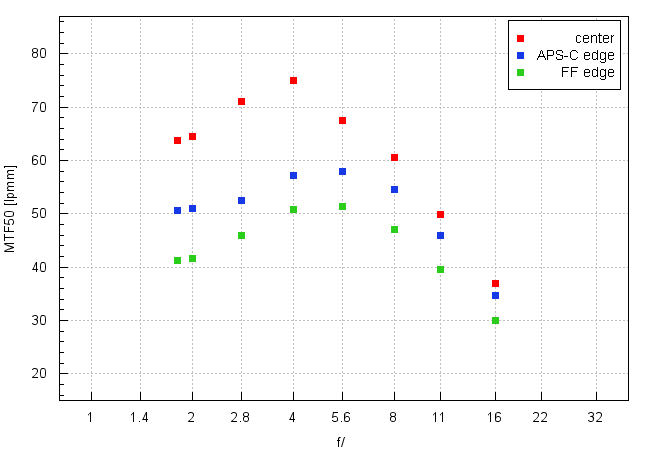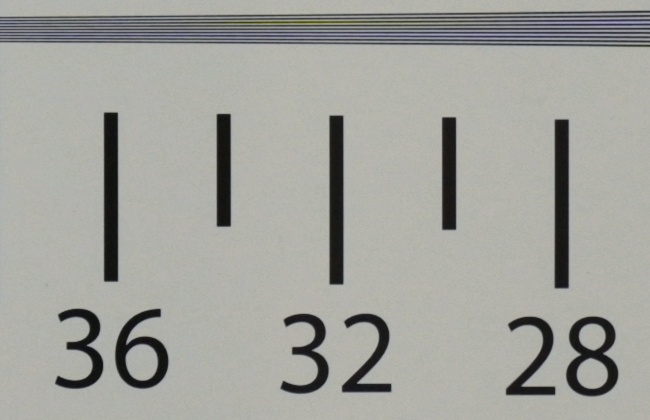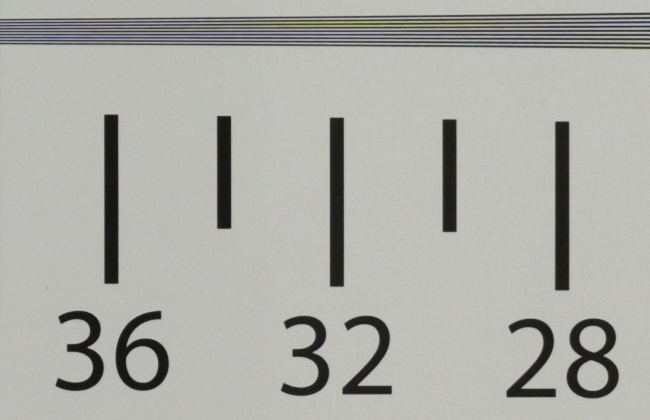Nikon Nikkor Z 20 mm f/1.8 S
4. Image resolution
Let's see how the Nikkor Z 20 mm f/1.8 S compares – its results in the frame centre, on the edge of the APS-C/DX sensor, and on the edge of full frame presents a graph below.

Please Support UsIf you enjoy our reviews and articles, and you want us to continue our work please, support our website by donating through PayPal. The funds are going to be used for paying our editorial team, renting servers, and equipping our testing studio; only that way we will be able to continue providing you interesting content for free. |
- - - - - - - - - - - - - - - - - - - - - - - - - - - - - - - - - - - - - - - - - - - - - - - -
Excellent results near the maximum relative aperture stick out at once. You get values which are not only distinctly better than the performance of the 24 mm model, a lens that gave us some reasons to complain, but also higher than results of the Nikkor Z 35 mm f/1.8 S, a model that we praised a lot in our test. Only the sensational 50 mm Nikkor fares better than the lens, tested here.
What's interesting, whe you pass to appertures higher than f/2.0 the resolution increases not as quickly as in the case of other Nikkors, mentioned above. As a result the maximum level stops near 75 lpmm so is noticeably lower than the maximum level of other f/1.8 Z system prime lenses. We think the constructors decided to sacrifice record-breaking values in the frame centre in return for a better edge, a very sensible tactics when it comes to an ultra wide-angle lens.
As we've already started to talk about the edge of the frame let's discuss it in detail now. The edge of the APS-C/DX sensor is really beyond reproach. Already at the maximum relative aperture you see results exceeding 50 lpmm so significantly better than the results of the 1.8/24 or the 1.8/35. On stopping down the tested lens gets to 60 lpmm, a level impossible to reach for the 1.8/24 and similar to values of the much-praised 1.8/35. You can say without hesitation that the widest 20 mm model fares the best out of all wide angle f/1.8 prime Nikkor Z lenses - a round of applause!
It is interesting that relatively high results the lens managed to keep also on the edge of full frame at the maximum relative aperture . Here the Nikkor 1.8/20 fares better not only than its system 24 and 35 mm brothers but also better than the 50 mm instrument, so praised by us in our test. It is true that these values don't increase as fast on stopping down as in case of other lenses but you still get sharp images across the frame already from the maximum relative aperture. It would be difficult to expect anything more from a lens that also provides a field of view of near 100 degrees.
To sum up the idea behind the construction of the Nikkor Z 1.8/20 seems to be clear – it is a fast ultra wide-angle lens that offers sharp images up from the maximum relative aperture. That aim was achieved but only at a price - in a form of lower maximum values in the frame centre on stopping down. We should add that, in our opinion, that price was well worth paying.
At the end of this chapter, traditionally, we present crops taken from photos of our resolution testing chart which were saved as JPEG files along the RAW files, used for the analysis above.
| NikonáZ7, JPEG, f/1.8 |
 |
| NikonáZ7, JPEG, f/4.0 |
 |






